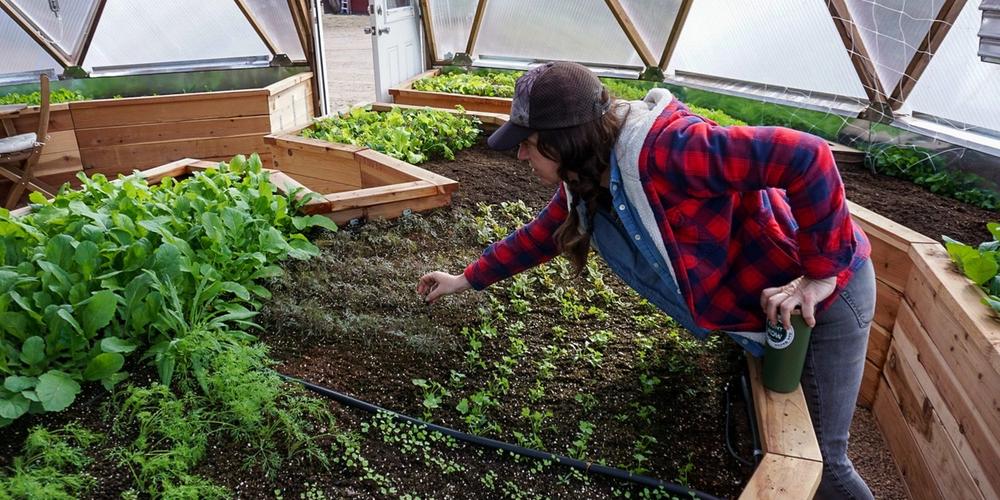
What Is The Best Automated Greenhouse Irrigation System?
- This article may contain affiliate links
Maintaining a garden, especially in a greenhouse, can be time-consuming and physically demanding. From handling heavy hoses to worrying about overwatering or underwatering plants, it’s no easy task. Add in the challenge of maintaining your garden when you’re away on vacation, and you’ll quickly realize the benefits of an automated greenhouse irrigation system. In this guide, we’ll explore both ancient and modern irrigation techniques to help you find the best automated irrigation system for your needs.
Ollas: Ancient Automated Irrigation
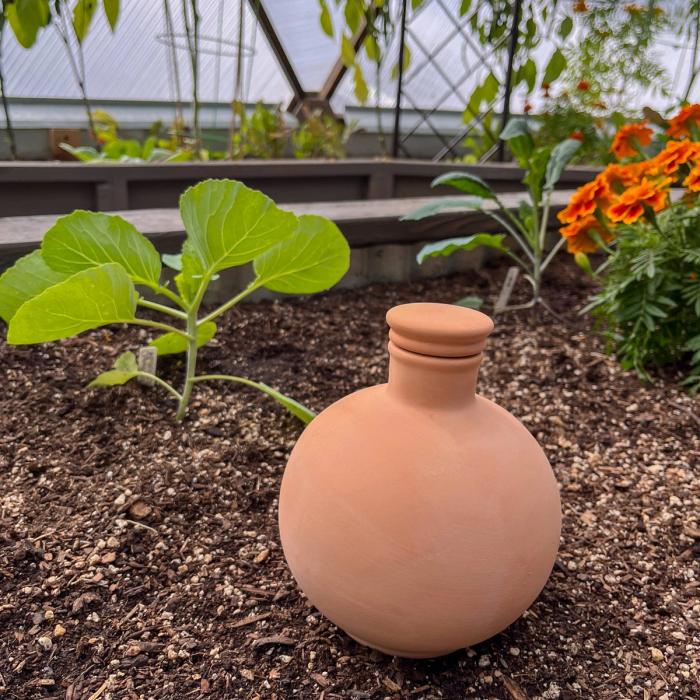
Ollas (pronounced oya) are unglazed terracotta pots that have been used for irrigation for thousands of years. When buried in soil, these pots slowly release water through their porous walls as the surrounding soil dries out. One of the best things about this method is that it’s impossible to overwater your plants using ollas. This makes them an effective and low-maintenance automated greenhouse irrigation system.
You can scale the number of ollas you use based on the size of your greenhouse or garden. While DIY versions are available and easy to make, companies like Thirsty Earth have enhanced the olla system by adding reservoirs and connecting multiple ollas with tubing. This eliminates the need for manual refills, making the system more automated and efficient.
How to make a DIY Olla
Place tape over the drainage hole of an unglazed terracotta pot. Seal the drainage hole with a waterproof silicone. Allow to dry.
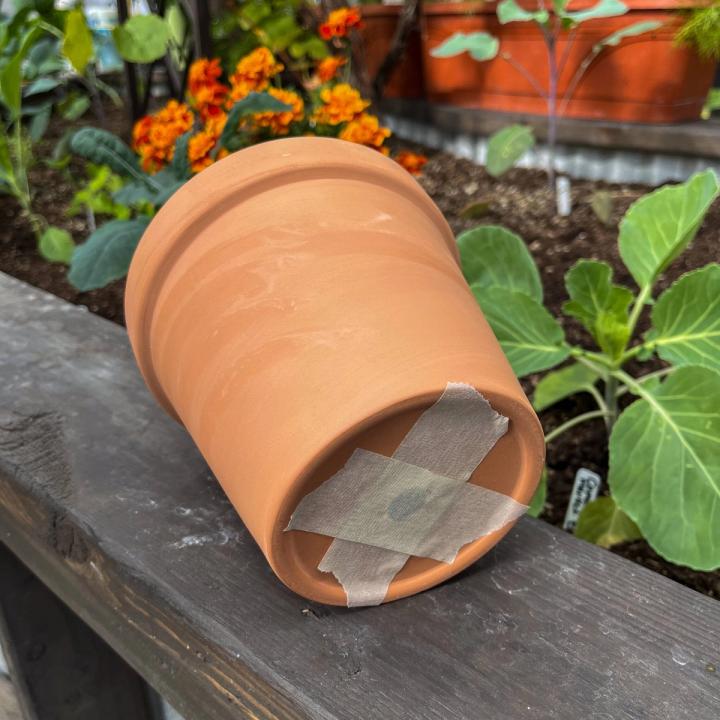
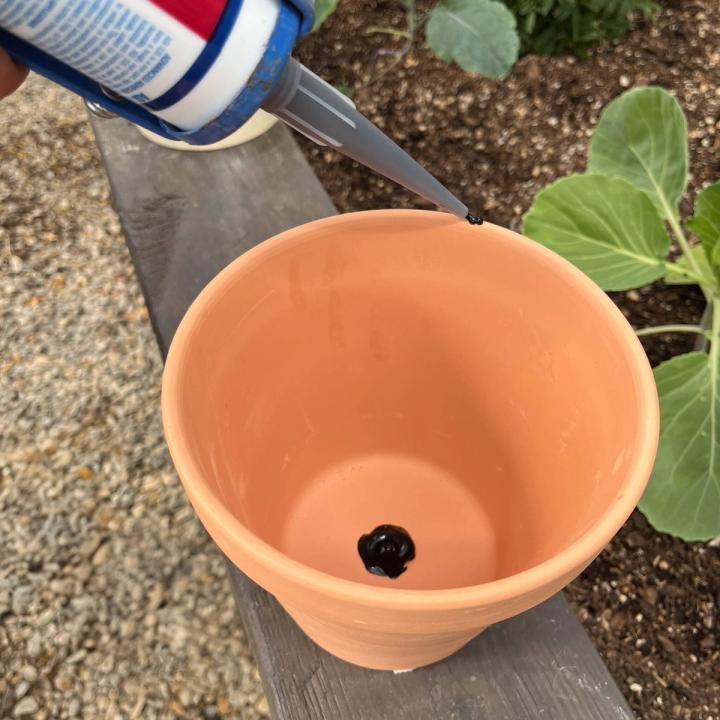
Optional: To create a larger water reservoir, attach two terracotta pots together using waterproof silicone. Allow to dry.
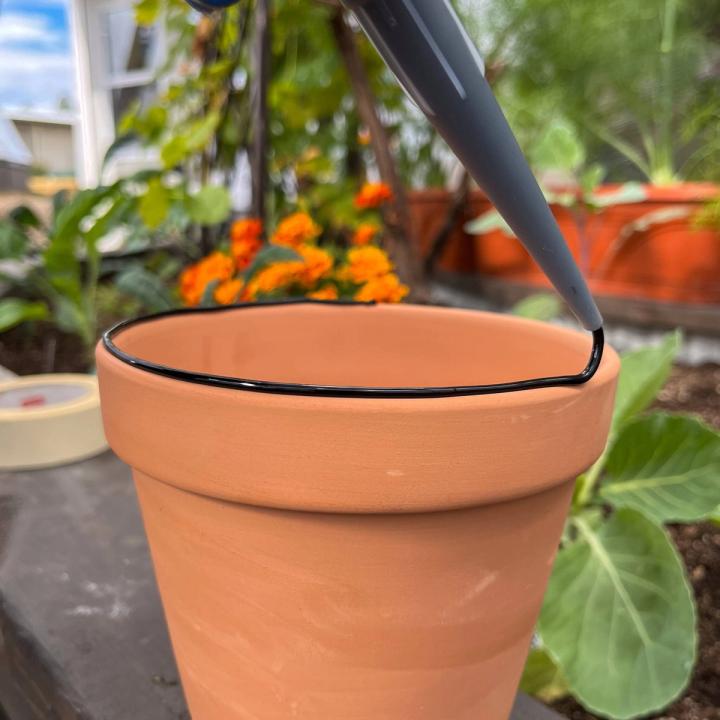
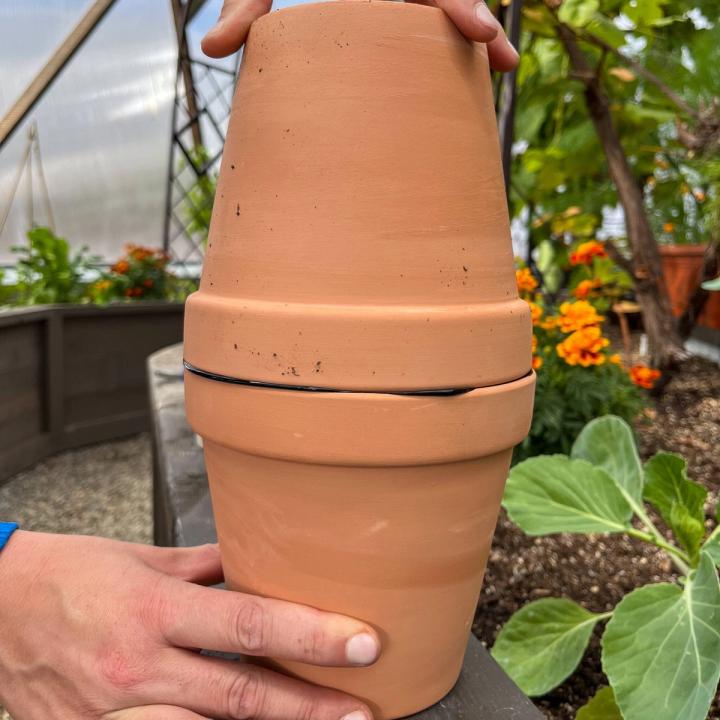
If necessary, create a larger opening in the top of the olla to make filling with water easier. Place in garden bed. Fill with water. Use saucer as lid.
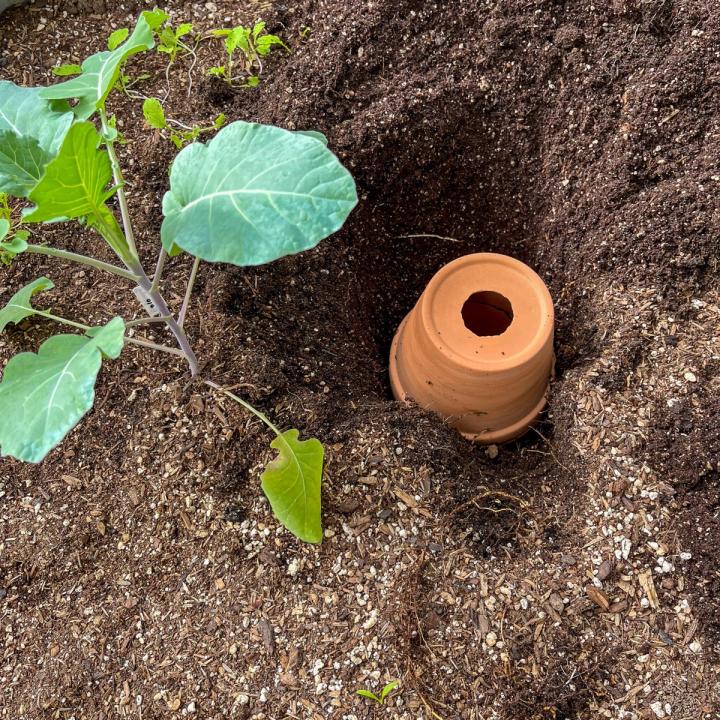
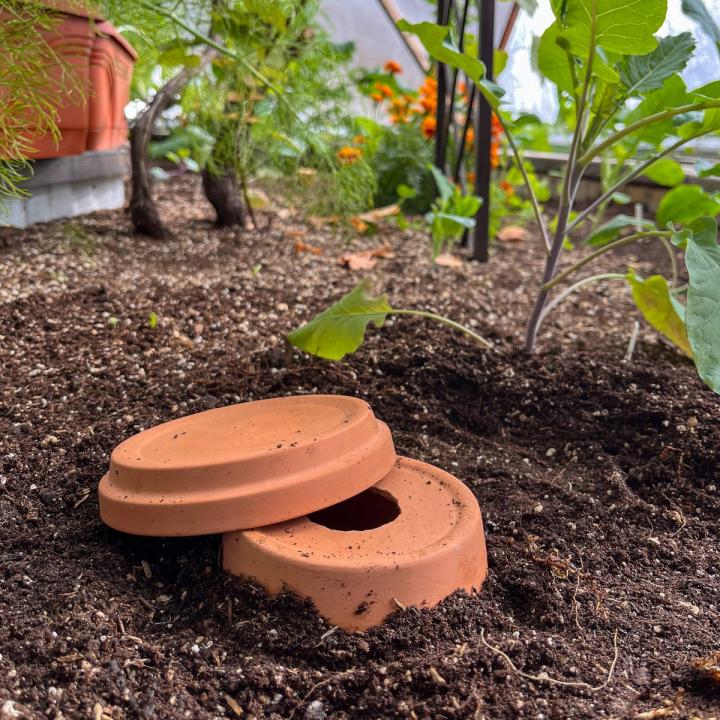
Soaker Hoses: a Simple and Effective Automated Greenhouse Irrigation System
Soaker hoses are another low-tech solution for an automated greenhouse irrigation system. Made of permeable materials, these hoses allow water to seep out slowly along their entire length. Soaker hoses work best with low water pressure (between 10-25 psi) and should not exceed 150 feet in length. By adding a simple timer to the faucet, you can automate the watering process, ensuring your plants receive a steady water supply without manual intervention.
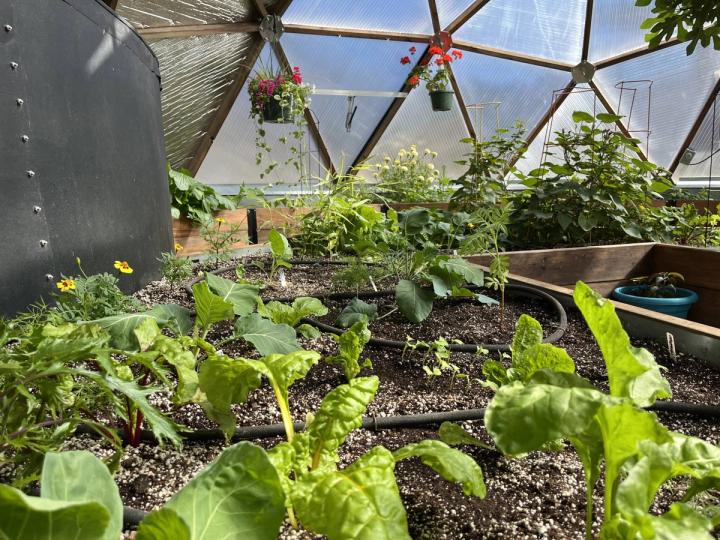
Drip Irrigation: High-Tech Precise Automated Greenhouse Irrigation System
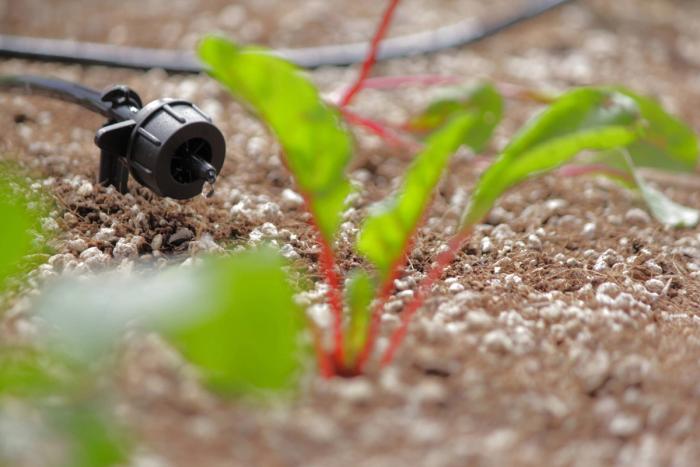
For those looking for more control, drip irrigation is a popular choice for an automated greenhouse irrigation system. Drip irrigation delivers water directly to the base of plants through emitters, providing precise and controlled watering. The system is composed of a mainline tube that distributes water to smaller drip lines. At the end of each drip line is an emitter releasing water slowly and consistently.
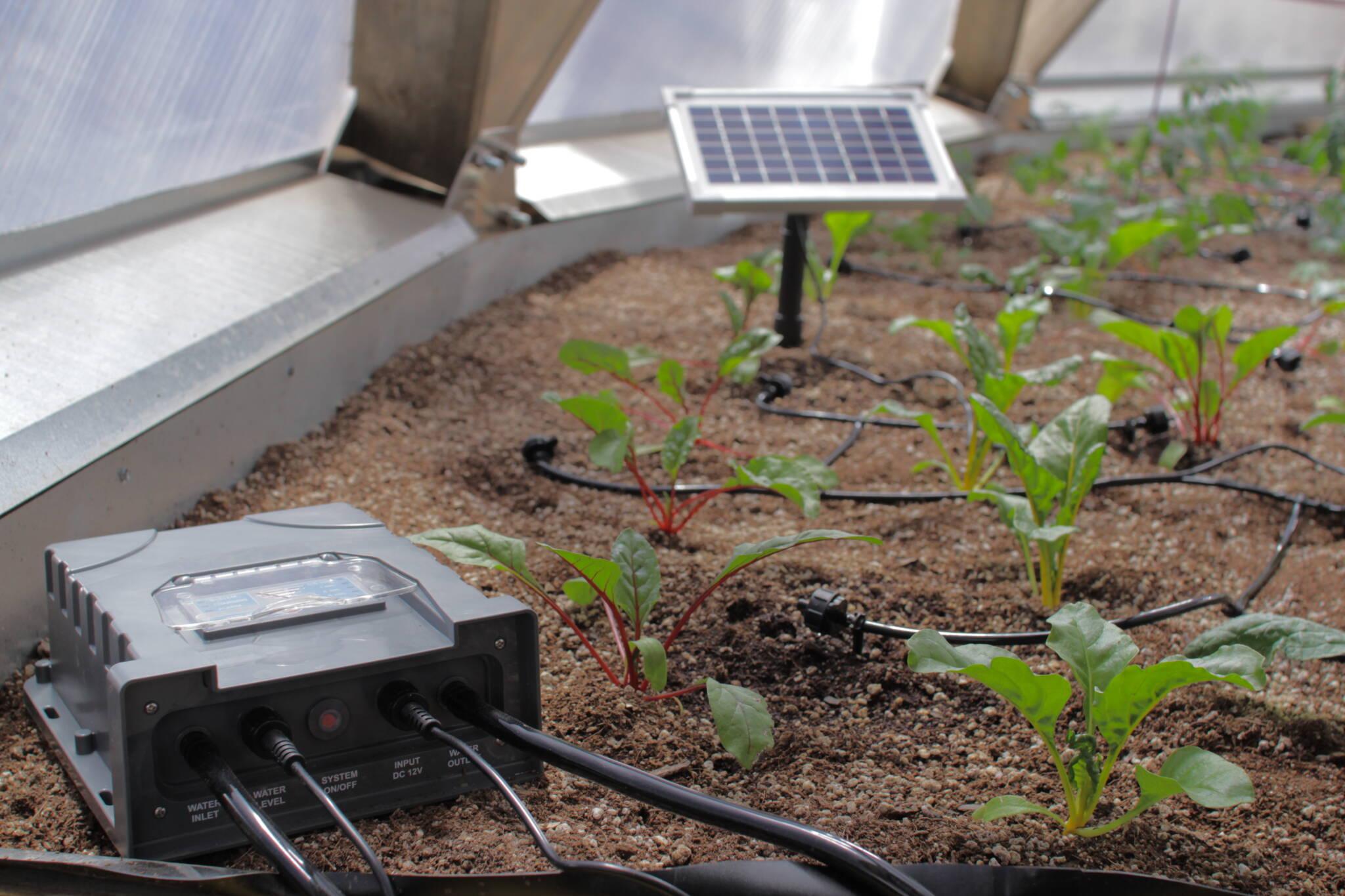
Timers, controllers, filters, and pressure regulators are essential components of a drip irrigation system to ensure it operates smoothly. At Growing Spaces, we offer a solar-powered drip irrigation kit ideal for smaller greenhouses. This kit includes 200 feet of tubing and 50 emitters, making it perfect for a 15’ or 18’ Growing Dome. The solar-powered pump allows you to use this system off-grid by drawing water from the above ground pond or a designated barrel, providing a sustainable watering solution.
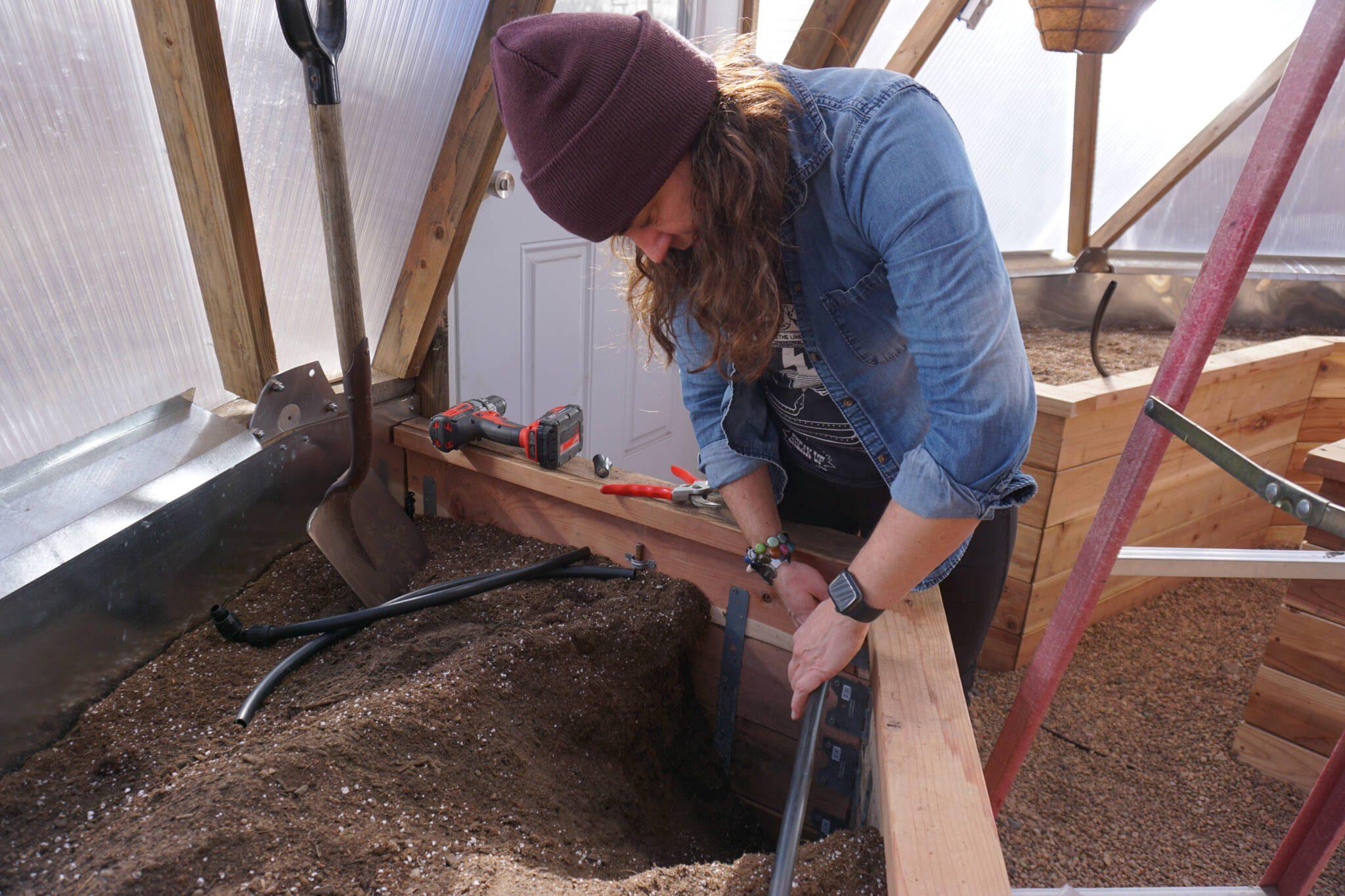
For larger greenhouses, we recommend using DripWorks systems. While these systems require a connection to a faucet, they offer solar-powered timers and customizable components to fit your greenhouse size. We utilized DripWorks for help in designing and purchasing the materials needed to outfit our 26’ Growing Dome in Golden, CO with a drip irrigation system. Below you will find the list of materials we used, but your raised bed layout my be different than ours so we recommend consulting the experts!
| Item | Quanity |
|---|---|
| Pump | 1 |
| Solar Panel and Controller | 1 |
| Battery (min. 100 AMP hours) | 1 |
| 1/2″ Foot Valve | 1 |
| 1/2″ PVC and Fittings | 1 |
| 12v Programmable Timer Switch | 1 |
| Pressure Regulator (30 psi) | 1 |
| Fittings for Regulator | 4 Female, 2 Male |
| Timer | 1 |
| Additional Valve | 1 |
| 90 Elbow | 12 |
| Tee | 5 |
| 1/2″ Main Line Hose | 200′ |
| 1/4″ Micro Tubing | 100′ |
| Stakes | 20 |
| Mini Jet Sprayer (180°) | 30 |
| Mini Jet Sprayer (90°) | 10 |
| Shrubbler on 5″ Stake | 15 |
| 1/2″ Easy Loc Coupler | 1 |
| Mini Sprinkler (Low Flow) | 2 |
| Anti Drip Device | 6 |
| Press-Fit Barb | 10 |
| 1/2″ Hanger | 2 |
| 1/2″ End Fitting | 7 |
| 1/4″ Goof Plugs | 20 |
Material List for a 26′ Growing Dome with Interior Perimeter Beds and Central Bed
Benefits and Challenges of Automated Greenhouse Irrigation Systems
While an automated greenhouse irrigation system can save you time and effort, it doesn’t mean you can neglect your plants. Watering is often when gardeners notice pests or diseases, so even with an automated system, regular plant inspections are crucial. Additionally, regular maintenance of your irrigation system is essential to ensure it continues functioning properly.
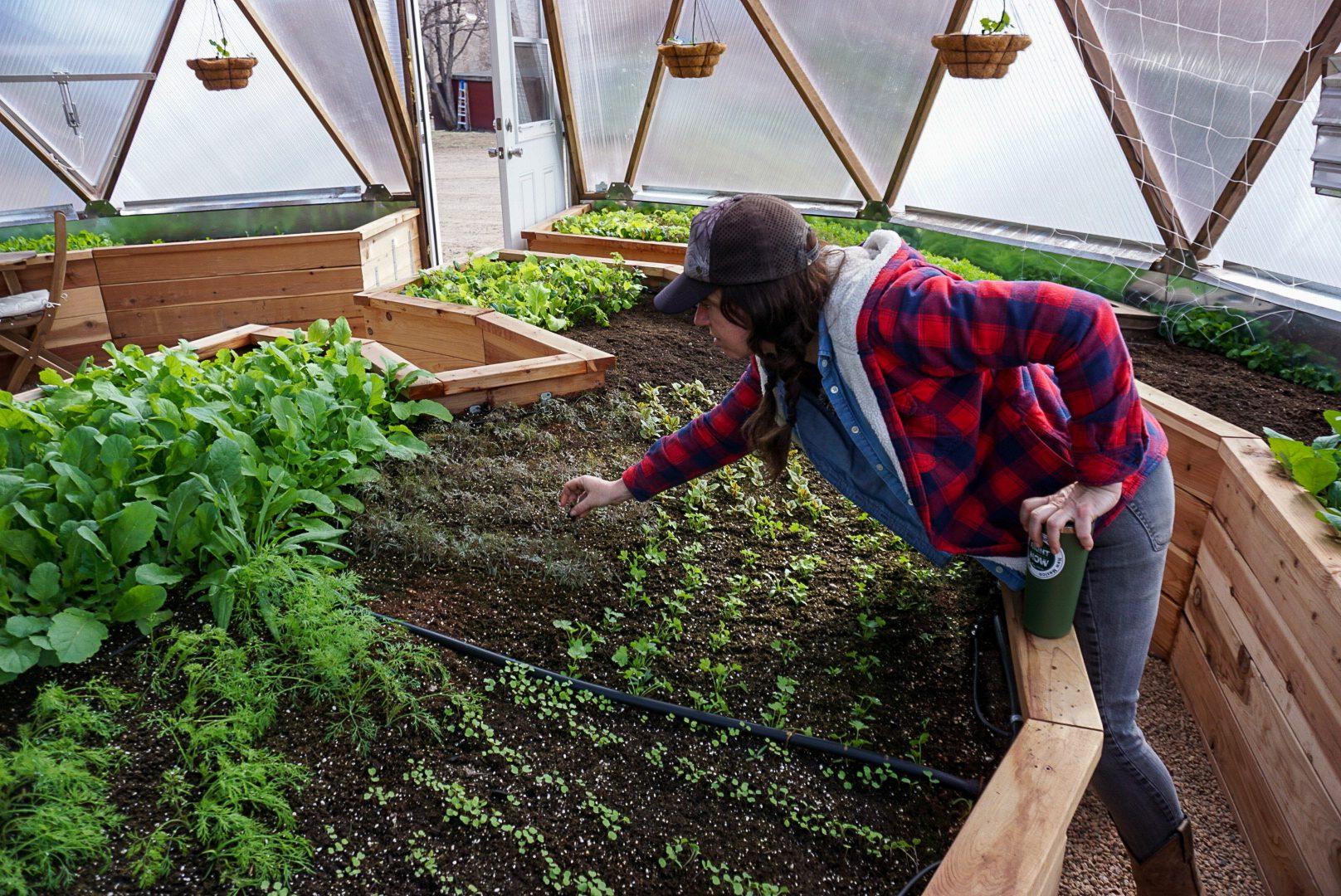
Each plant has different watering needs, which can make automating irrigation a bit tricky. For example, potatoes require much less water than tomatoes. You can adjust your system by placing more emitters near thirsty plants and fewer near those that need less water. Consider your garden bed design and plant spacing when choosing the best, automated irrigation system for your greenhouse.
Cost is another important factor. While drip irrigation systems are more expensive and can be more complicated to set up, they offer precise water control. On the other hand, soaker hoses and ollas are relatively inexpensive and easy to install. Regardless of the system you choose, all of these methods reduce water waste by delivering water directly to the plant roots, saving you money on water bills in the long run.
Conclusion
Investing in an automated greenhouse irrigation system not only makes gardening easier but also helps ensure your plants receive the consistent care they need, even when you’re not around. Whether you choose the ancient olla system, a simple soaker hose, or a high-tech drip irrigation system, you’ll enjoy reduced water waste, healthier plants, and more time to focus on other tasks in your garden.
By carefully considering your greenhouse size, plant needs, and budget, you can select the ideal automated greenhouse irrigation system to optimize your gardening experience.
Share This

Social Media Coordinator
I graduated from Fort Lewis College in 2018 with a BA in Environmental Studies. I began working for Growing Spaces in August of 2020 and have had the pleasure of working in many departments. I enjoy being a part of this amazing team that helps others achieve their dream gardens! In my spare time, I enjoy working in the 15’ Growing Dome that my husband and I share.
Subscribe to Our Newsletter
Join our community to stay up to date

Featured Categories
Downloads

Please Subscribe to Our Newsletter! :-)
Please Join our community to stay up to date :-)
